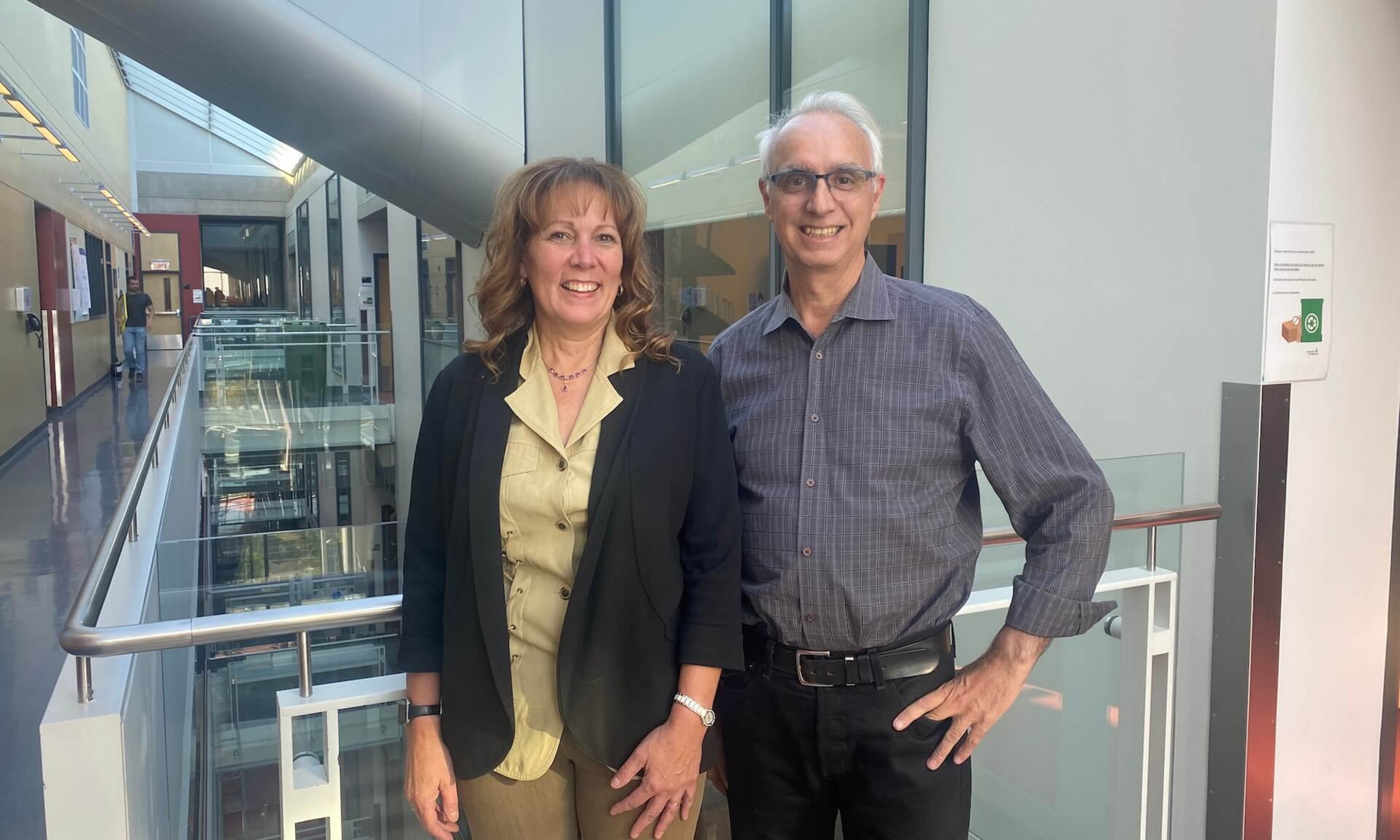MT: Various sources of funding, notably from the federal government through the Canadian Institutes of Health Research (CIHR) and the Canadian Cancer Society (CCS), were instrumental in launching the project. This initial phase led to the development of biosensors capable of simply and reliably monitoring RAF dimerization in cells, thereby establishing proof of concept for the identification of compounds that inhibit this dimerization.
We then established a five-year strategic collaboration, from 2012 to 2017, between our team and a pharmaceutical partner and IRIC's drug-discovery unit, thanks to financial support from (the research maturation cluster) IRICoR. This collaboration resulted in a first molecule capable, with certain limitations, of blocking RAF activation.
From 2017 to 2020 we developed a new series of molecules that are more stable and more diverse, with real potential as lead compounds, that is, compounds whose optimization can lead to new drugs. We also demonstrated for the first time that our molecules were effective in vivo in mice. These milestones would not have been achieved without the support of the SCC and philanthropic contributions.
In 2020, thanks to IRICoR, a new industrial partner was identified: Ipsen, with whom we signed a two-year partnership to optimize our series of compounds with a view to generating a clinical candidate. This partnership mobilized the joint efforts of chemists from the Drug Discovery Unit, led by Pierre Beaulieu, and biologists from my laboratory, led by Hugo Lavoie. At the end of this collaboration, a candidate molecule was selected, leading to the signing of a licensing agreement with Ipsen at the beginning of 2023.
Finally, thanks to preclinical studies conducted in 2023-2024 with (the French biopharmaceutical company) Ipsen, the latter obtained authorization from the Food and Drug Administration in the United States to initiate a phase-1 clinical trial in patients with solid tumors. This clinical trial began in March 2025 at a U.S. hospital and will soon be extended to other sites in the U.S. and Europe.




